
In 2022, according to the American Library Association, there were some 1,269 attempts to ban books around the country – some successful, some not (there had been 729 attempts the previous year). About 90% of these attempts were made by conservative organizations, such as Moms for Liberty, a right-wing non-profit founded in 2021 in Florida – a state whose governor has supported new laws requiring some state schools to close their libraries and cover classroom bookshelves.
School and classroom libraries are in fact the primary targets of those who wish to see books pulled from the shelves or restricted to adult readers, accounting for some 58% of the challenges in 2022, with 41% of the efforts aimed at public libraries. (These are the best states for public libraries.)
Book banning has been around since before there were printed books. In 213 B.C., the Chinese emperor Qin Shi Huangdi had every manuscript in his realm incinerated except those about agriculture, medicine, future predictions, and his own dynasty’s history. (He was just getting started at suppression: The following year, he buried 460 Confucian scholars alive to keep them from spreading their doctrine.)
From 1560 through 1948, the Roman Catholic Church published a periodic “Index Librorum Prohibitorum,” or “Index of Prohibited Books,” banning many thousands of publications of all kinds for supposed religious or philosophical errors.
The United States has its own long history of book banning, dating back to the colonial era. In 1637, the Puritan government of Massachusetts suppressed Thomas Morton’s “New English Canaan,” which was critical of Puritan society. In the 19th century, books by Harriet Beecher Stowe, Mark Twain, and other authors were banned for their anti-slavery or other then-controversial content. During the Cold War, books perceived to be pro-Communist were condemned in America.
To determine the 25 most banned or challenged books in America in recent times, 24/7 Tempo reviewed data on the subject published by the American Library Association for the years 2010-2019. Books are ranked according to the number of public and confidential reports of banning, challenging, or other forms of censorship received by the ALA’s Office for Intellectual Freedom. The ALA notes that this is just “a snapshot of book challenges,” since an estimated 82-97% of such challenges go unreported. Data on the places where each book has been banned or challenged comes from Marshall University and other sources, and represents only a portion of the cities or counties where action against books has been taken.
Click here to see the 25 most banned or challenged books in America
Literary merit is no protection against challenges. Among the authors on the ALA list, besides those in the top 25, are such celebrated figures as Aldous Huxley, John Steinbeck, Margaret Atwood, J.D. Salinger, Isabel Allende, George Orwell, Vladimir Nabokov, and Maya Angelou – the last of whom, along with Toni Morrison (No. 10 on our list) counts as one of the most influential Black authors of the 20th century.
Note that a majority of the titles in question have been criticized at least in part for sexual (and especially LGBTQ-related) content. Note, too, that some librarians, parents, and educators have pushed back against efforts to remove certain books from the shelves. In cases in which critics of supposedly offensive books were asked to actually read the works in question, they sometimes rescinded their objections.
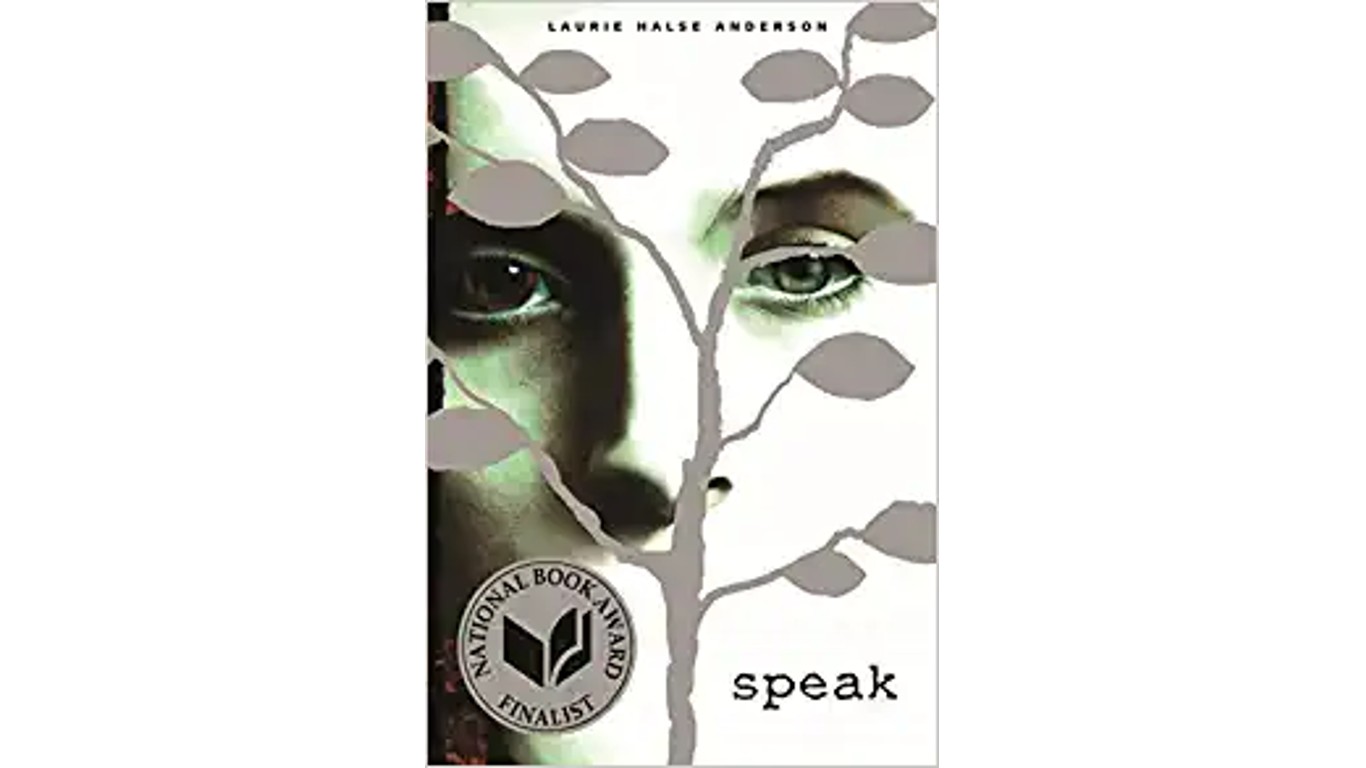
25. Speak
> Author: Laurie Halse Anderson
> Original publication: 1999
> Recently banned or challenged in: Wauneta, Nebraska; Republic, Missouri
“Speak,” about a high school girl who is raped after a summer party and the trauma that ensues, was identified by the ALA as one of the Top Ten Most Challenged Books of 2020, not only for its treatment of sexual abuse but because, according the the ALA, “it was thought to contain a political viewpoint and it was claimed to be biased against male students.” A professor at Missouri State University called the rape scene “soft pornography.”
[in-text-ad]
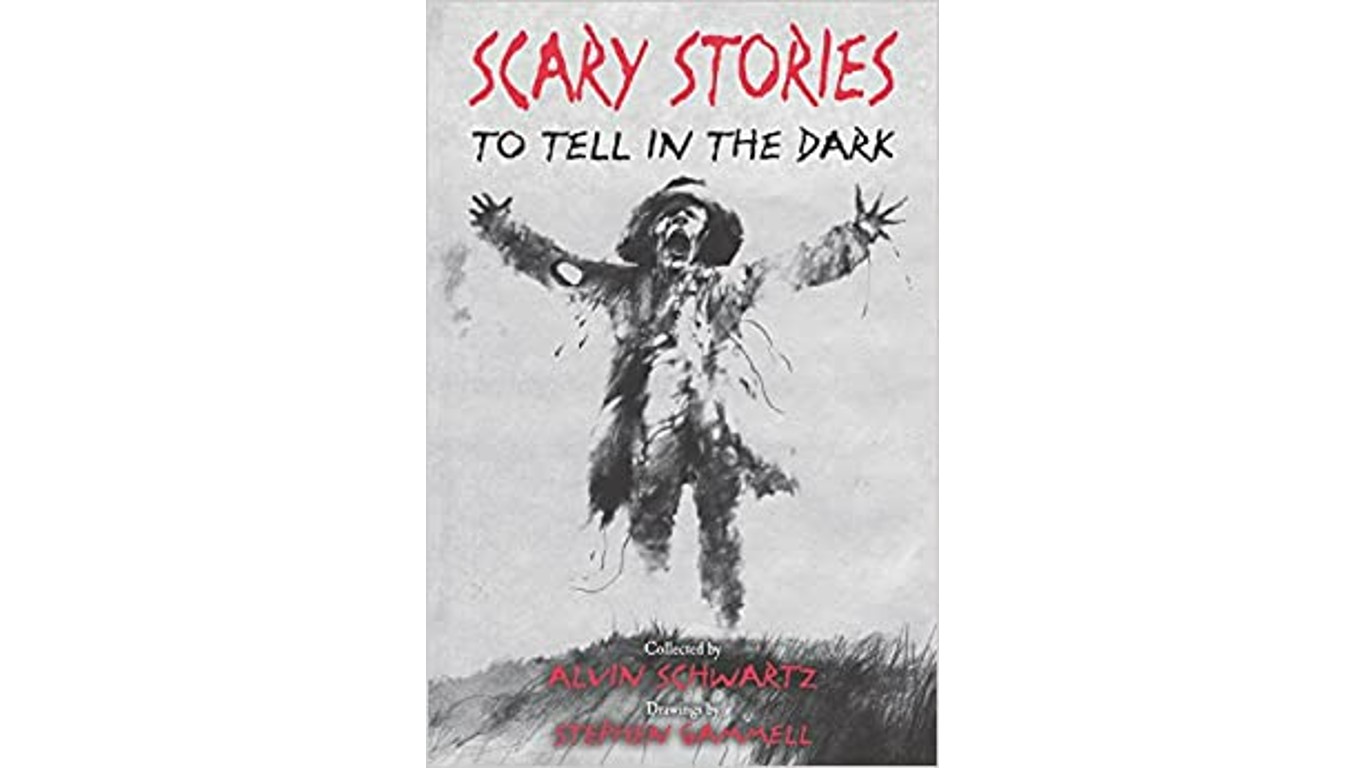
24. Scary Stories to Tell in the Dark (series)
> Author: Alvin Schwartz
> Original publication: 1981-1991
> Recently banned or challenged in: Austin, Texas; Clark County, Kentucky
These collections of short horror stories, many of them based on time-honored folk tales, have been frequently condemned for their recountings of murder, cannibalism, and other disquieting subjects (the same kinds of things, it might be noted, that are found in Grimm’s Fairy Tales) and for the graphic illustrations by award-winning childrens’ book artist Stephen Gammell. Defenders of the books point out that they’re aimed at middle-school kids, who very likely encounter equally unsettling stories on cable TV.

23. Nineteen Minutes
> Author: Jodi Picoult
> Original publication: 1981-1991
> Recently banned or challenged in: Polk County & Martin County, Florida; Chester County, Pennsylvania
“Nineteen Minutes” has been banned or challenged in some places due to its themes of violence (including a graphic description of a school shooting), bullying, and mental illness. In addition to other challenges elsewhere, it was one of 52 books removed from the Alpine School District libraries in Utah under the state’s “Sensitive Material in Schools” law.

22. It’s Perfectly Normal
> Author: Robie H. Harris
> Original publication: 1994
> Recently banned or challenged in: Maricopa County, Arizona; Rainier, Oregon; St. Charles, Missouri
Sub-titled “Changing Bodies, Growing Up, Sex, and Sexual Health,” this book has won numerous awards but holds the distinction of being one of the most frequently challenged books of the 21st century. Sometimes described by its detractors as “child pornography,” it deals with such subjects as the onset of puberty, birth control, sexual health, sexual orientation, and abortion – topics its detractors apparently don’t believe should be mentioned to the young.
[in-text-ad-2]
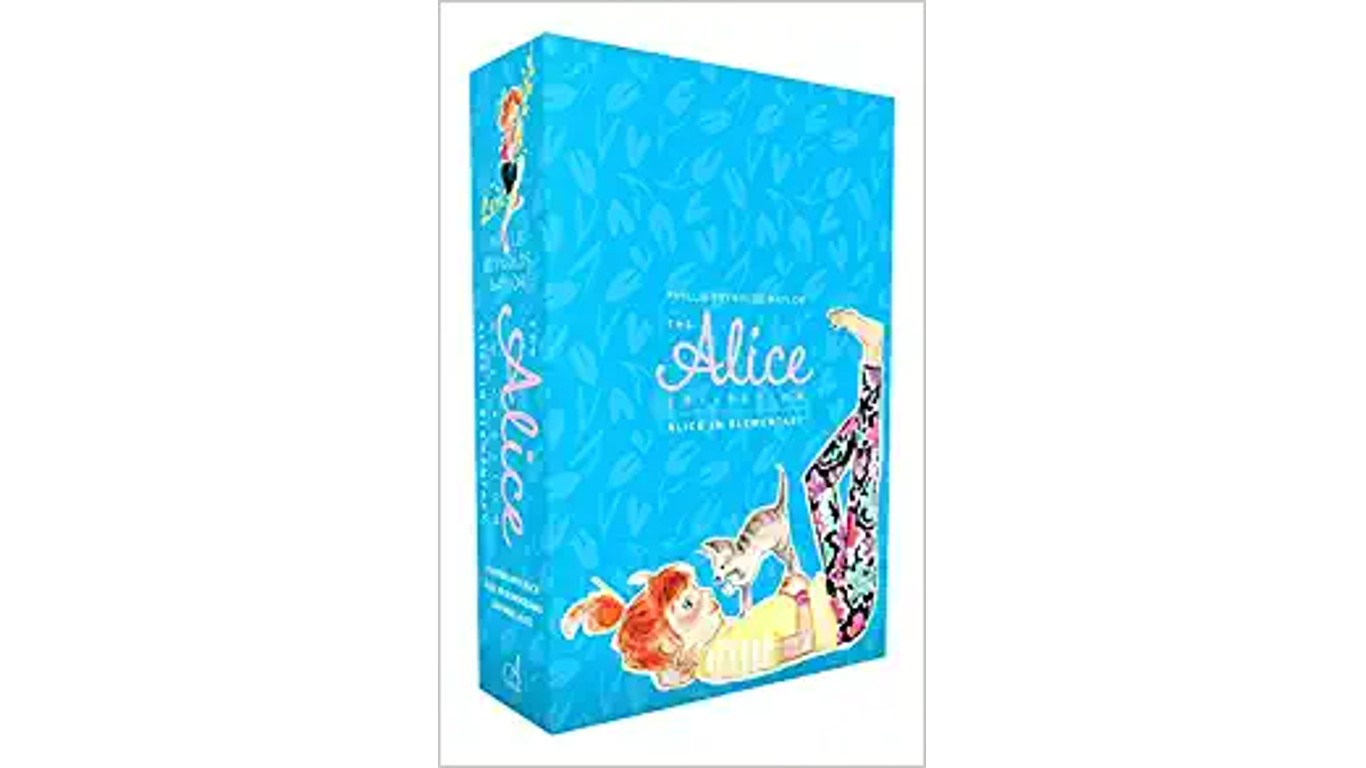
21. Alice (series)
> Author: Phyllis Reynolds Naylor
> Original publication: 1985-2013
> Recently banned or challenged in: Thorndike, Maine; Minneapolis, Minnesota
This long-running series – there are 28 volumes in all – follows Alice McKinley from the third grade into adulthood, concluding when she’s 60 years old. Sex, death, and relationships of every kind weave through the pages of the series. According to the ALA, it was the second most frequently banned group of young adult books after the Harry Potter series in America from 2000 to 2009.
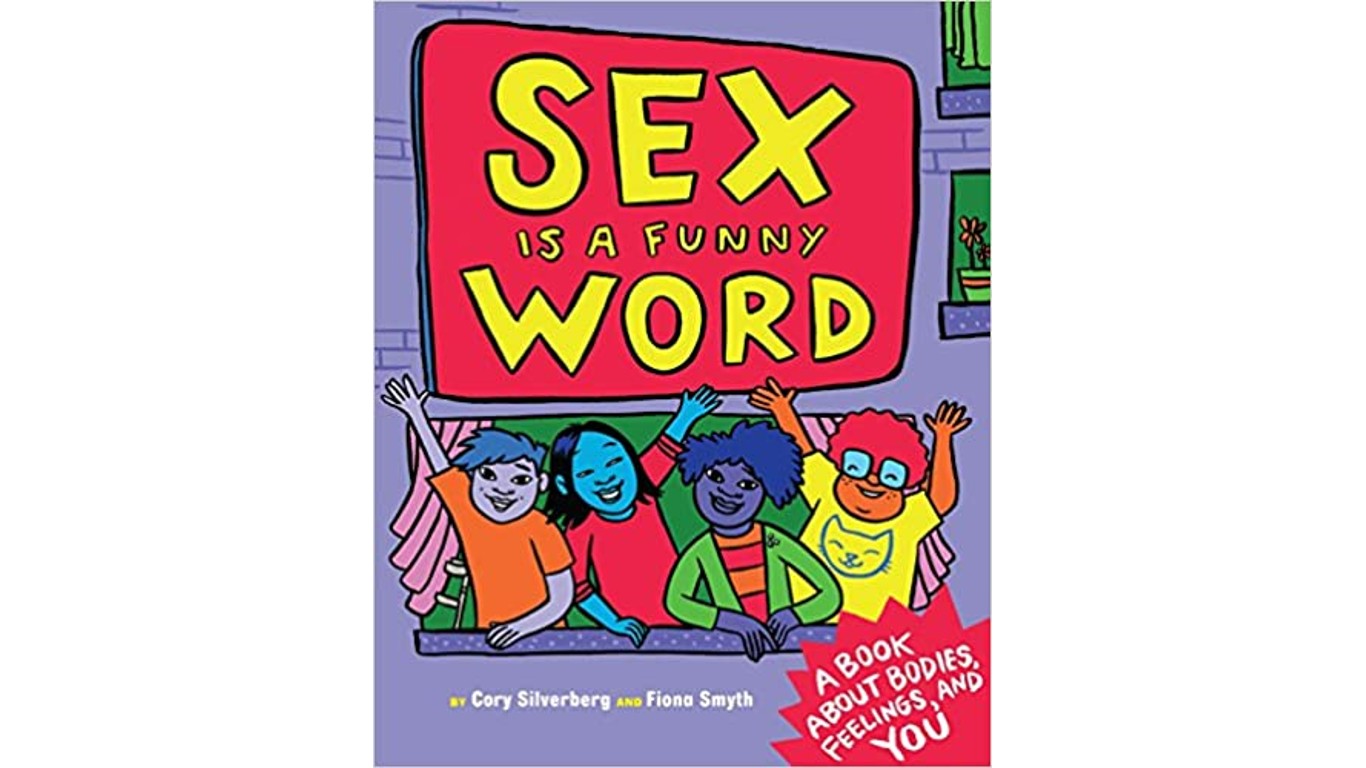
20. Sex is a Funny Word
> Author: Cory Silverberg
> Original publication: 2015
> Recently banned or challenged in: Athens, Alabama; Springfield, Missouri; Ludlow, Massachusetts
“Sex is a Funny Word,” widely considered a classic of sex education, has attracted opprobrium because it normalizes LGBTQ relationships and identities and in general is sex-positive, providing accurate and non-judgmental information about human sexuality. Opponents of the book maintain that sex education of this kind will lead to children becoming promiscuous.
[in-text-ad]
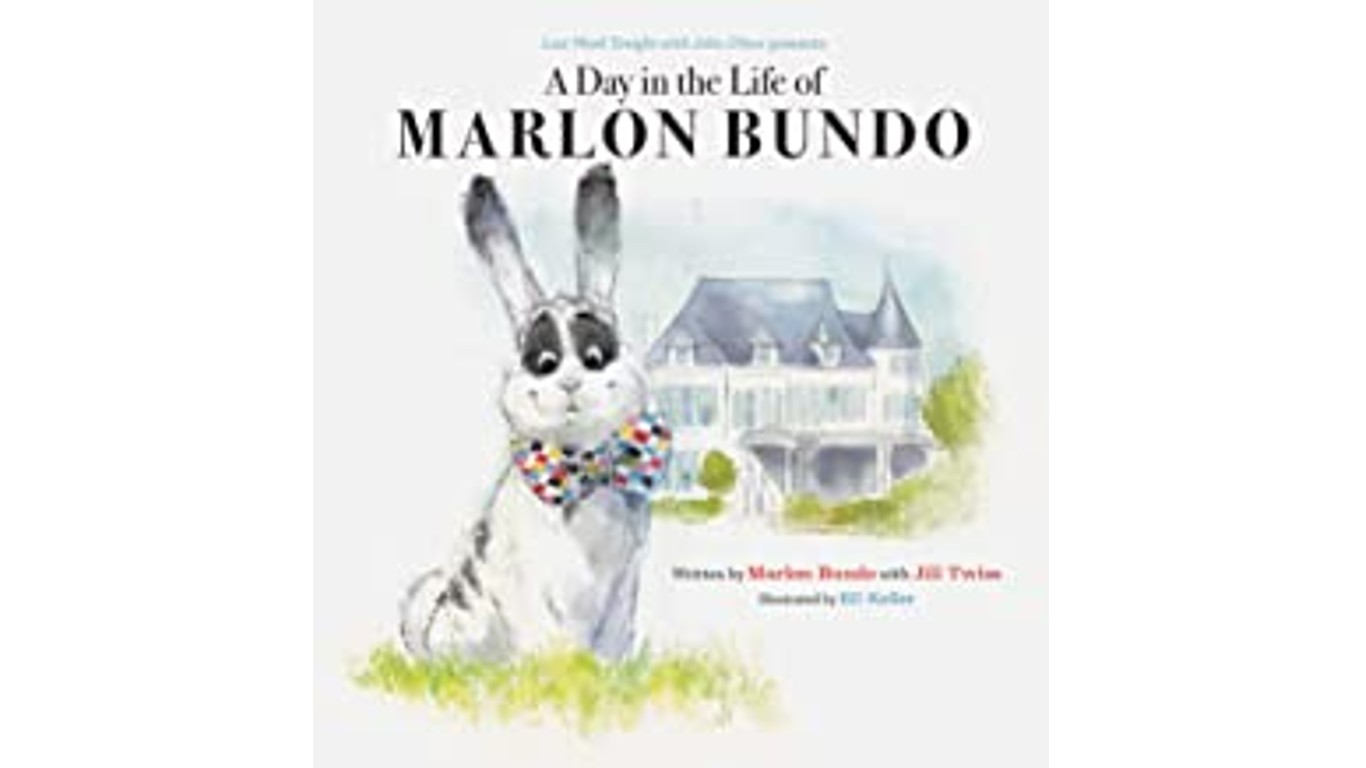
19. A Day in the Life of Marlon Bundo
> Author: Jill Twiss
> Original publication: 2018
> Recently banned or challenged in: Tahlequah, Oklahoma; Terrell, Texas; Orange City, Iowa
You knew this one, brought into being by “Last Week Tonight” host John Oliver, was going to get into trouble: It depicts a gay relationship between Marlon Bundo (the name of the real-life pet rabbit of former vice-president Mike Pence) and a bunny named Wesley. To make matters worse, it is a parody of “Marlon Bundo’s A Day in the Life of the Vice President,” a book written by Pence’s daughter Charlotte and illustrated by his wife, Karen. Surprisingly, Charlotte Pence expressed her support of the parody, whose proceeds benefit AIDS United and The Trevor Project, dedicated to suicide prevention among LGBTQ youths.
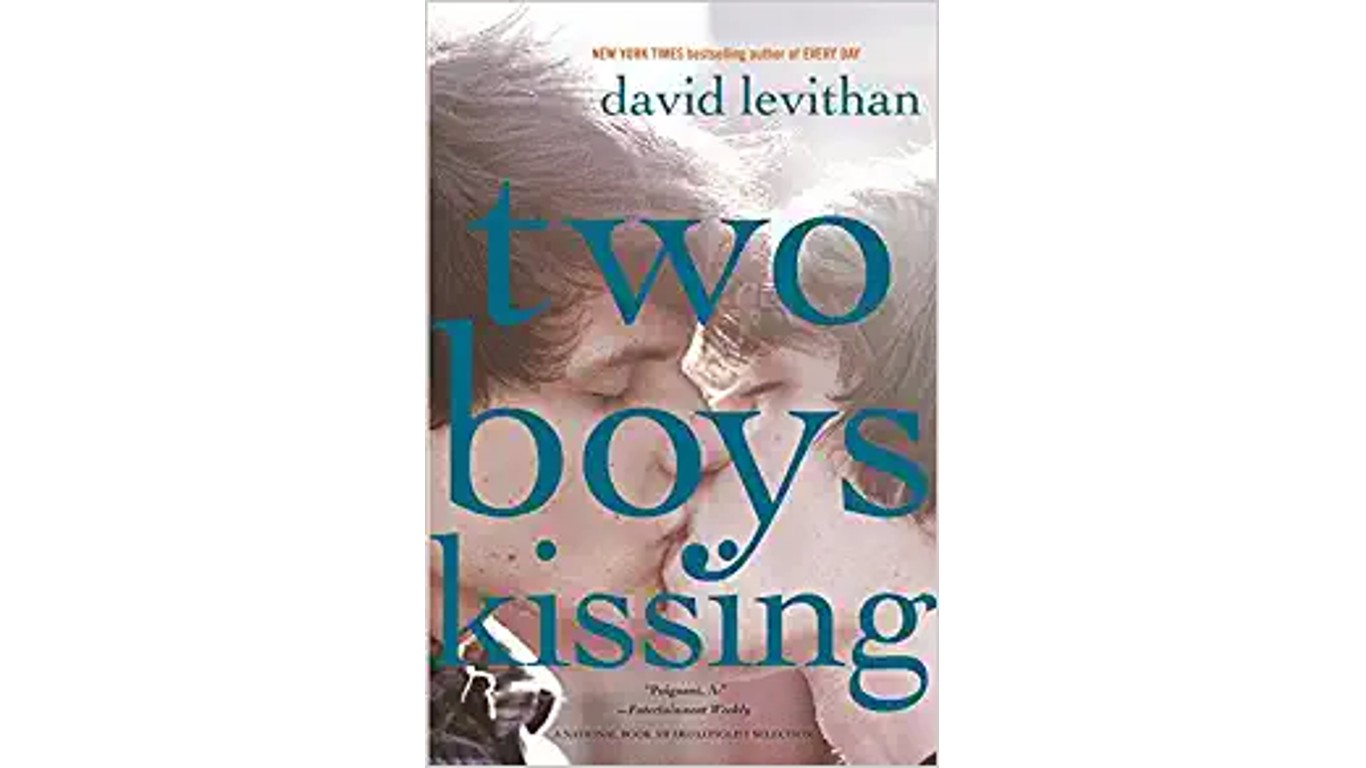
18. Two Boys Kissing
> Author: David Levithan
> Original publication: 2013
> Recently banned or challenged in: Orange City, Iowa; Fauquier County, Virginia; Utah County, Utah
Its title alone would be enough to induce apoplexy among the book-burning set – and indeed the narrative, based on a real-life attempt by two 17-year-old boys to set a Guinness World Record by kissing for 32 hours, was widely condemned for its positive depiction of a gay relationship. A religious activist in Iowa included “Two Boys Kissing” in the pile of books he burned on-camera in 2018.
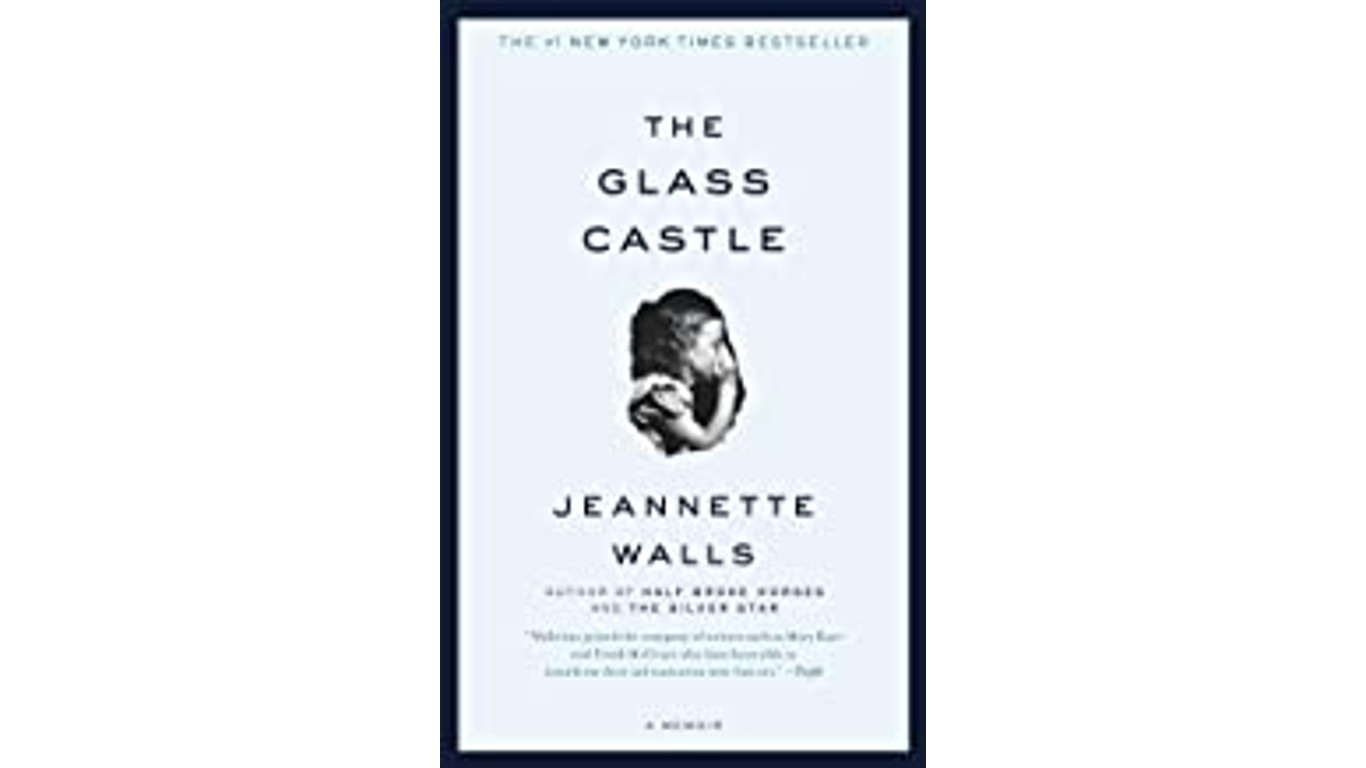
17. The Glass Castle
> Author: Jeannette Walls
> Original publication: 2005
> Recently banned or challenged in: Traverse City, Michigan; Mansfield, Wisconsin; Highland Park, Texas
This heartfelt memoir about growing up in a dysfunctional nomadic family, by onetime MSNBC.com gossip columnist Jeannette Walls, was a smash hit, selling more than four million copies and being translated into more than 30 languages. Attacked in some quarters for its salty language and sexual situations, the book was removed from some high school libraries – but eventually returned to the shelves in most cases.
[in-text-ad-2]
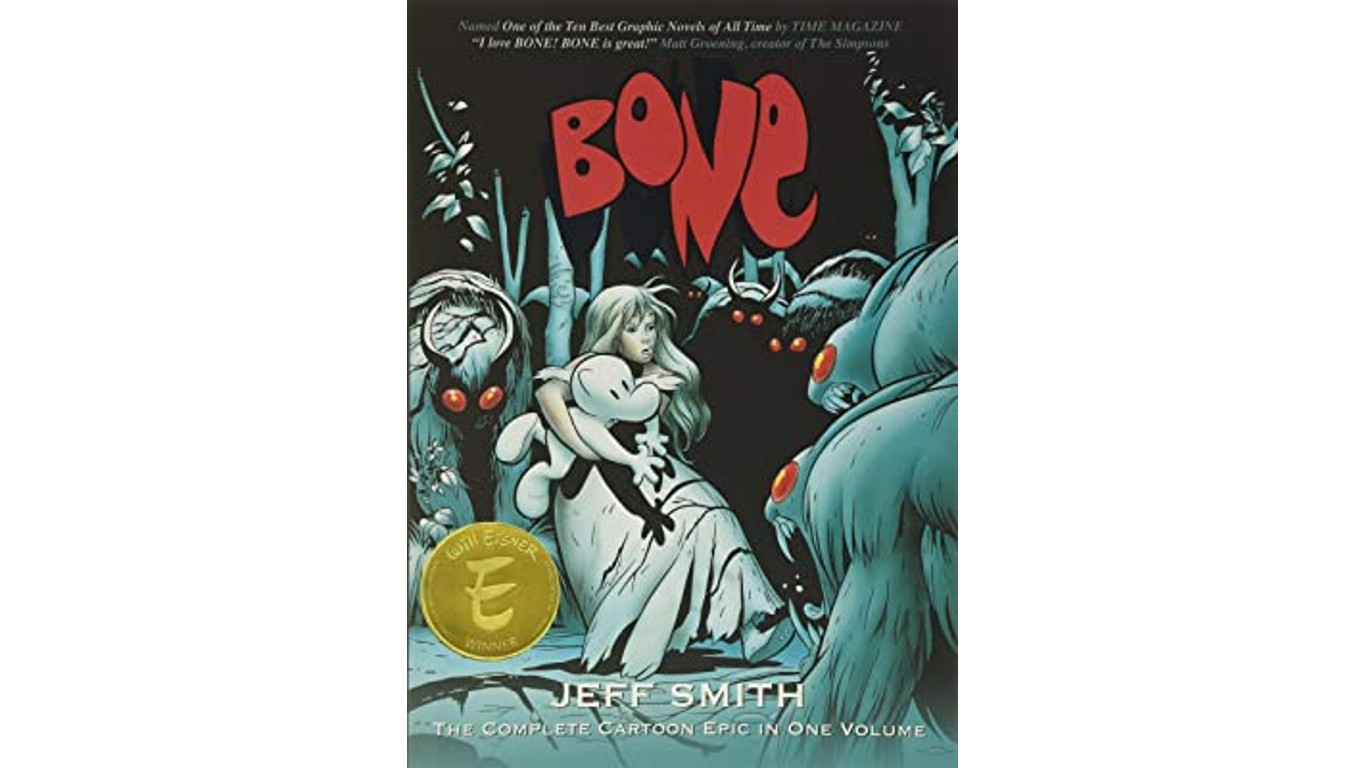
16. Bone (series)
> Author: Jeff Smith
> Original publication: 1991-2004
> Recently banned or challenged in: Colleyville & Watauga, Texas; Minneapolis, Minnesota
The “Bone” series, about a trio of hapless toons lost in a fairy-tale valley, encompasses nine bound volumes of what were originally a total of 55 black-and-white graphic-novel-style comic books (the volumes have also been issued in color). News that the series had appeared on the ALA’s list of the 10 most banned books of 2013 and had been censured for “political viewpoint, racism, violence” elicited widespread disbelief. Jeff Smith, a board member for the Comic Book Legal Defense Fund, commented “I’m starting to think such outrageous accusations (really, racism?) say more about the people who make them than about the books themselves.”
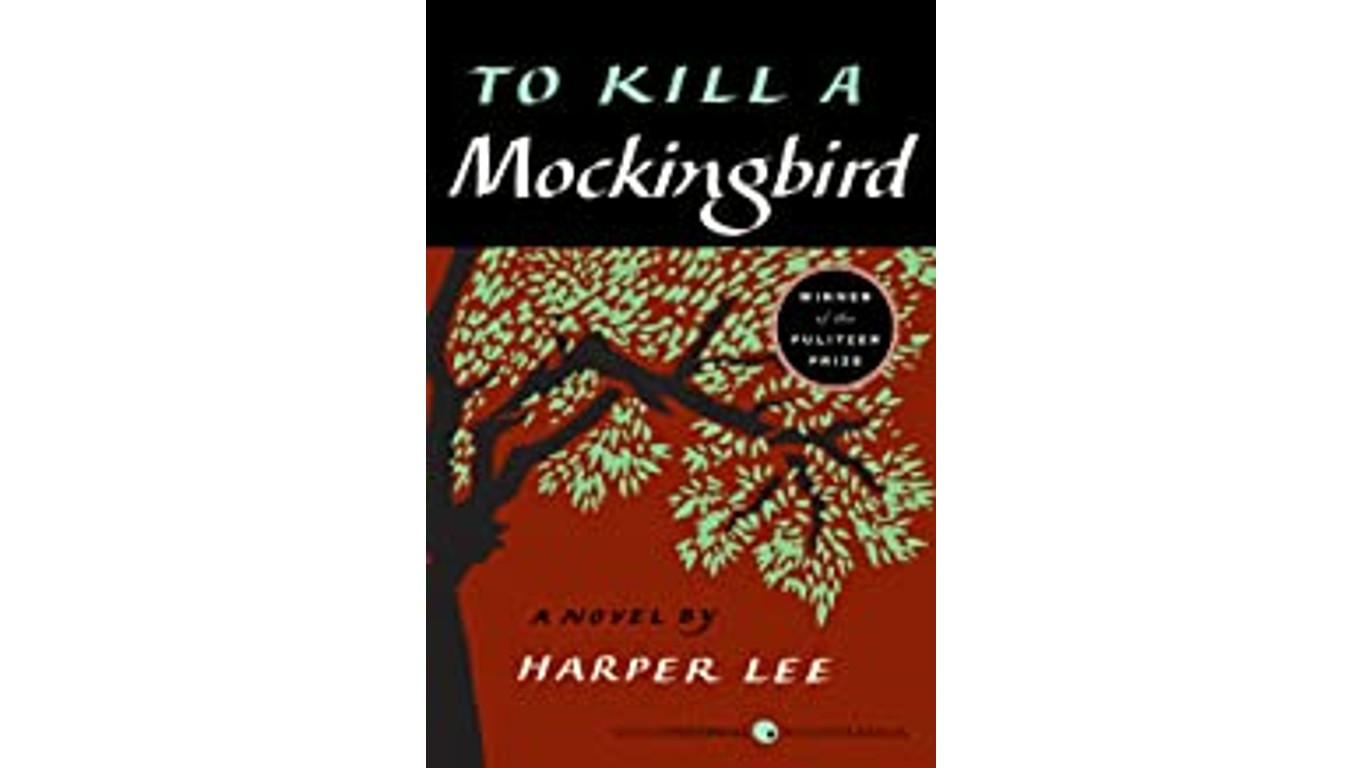
15. To Kill a Mockingbird
> Author: Harper Lee
> Original publication: 1960
> Recently banned or challenged in: Burbank, California; Mustang, Oklahoma; Monona, Wisconsin
One of the most famous and well-loved American novels of the 20th century, the Pulitzer Prize-winning “To Kill a Mockingbird” has been criticized for its use of profanity and racial epithets, its frank descriptions of rape, its treatment of Black characters, its implied criticism of the judicial system, its stereotyping of poor Southern whites, and other flaws. It is also considered to have been influential in gaining white support for the civil rights movement – and it remains a classic of its period.
[in-text-ad]
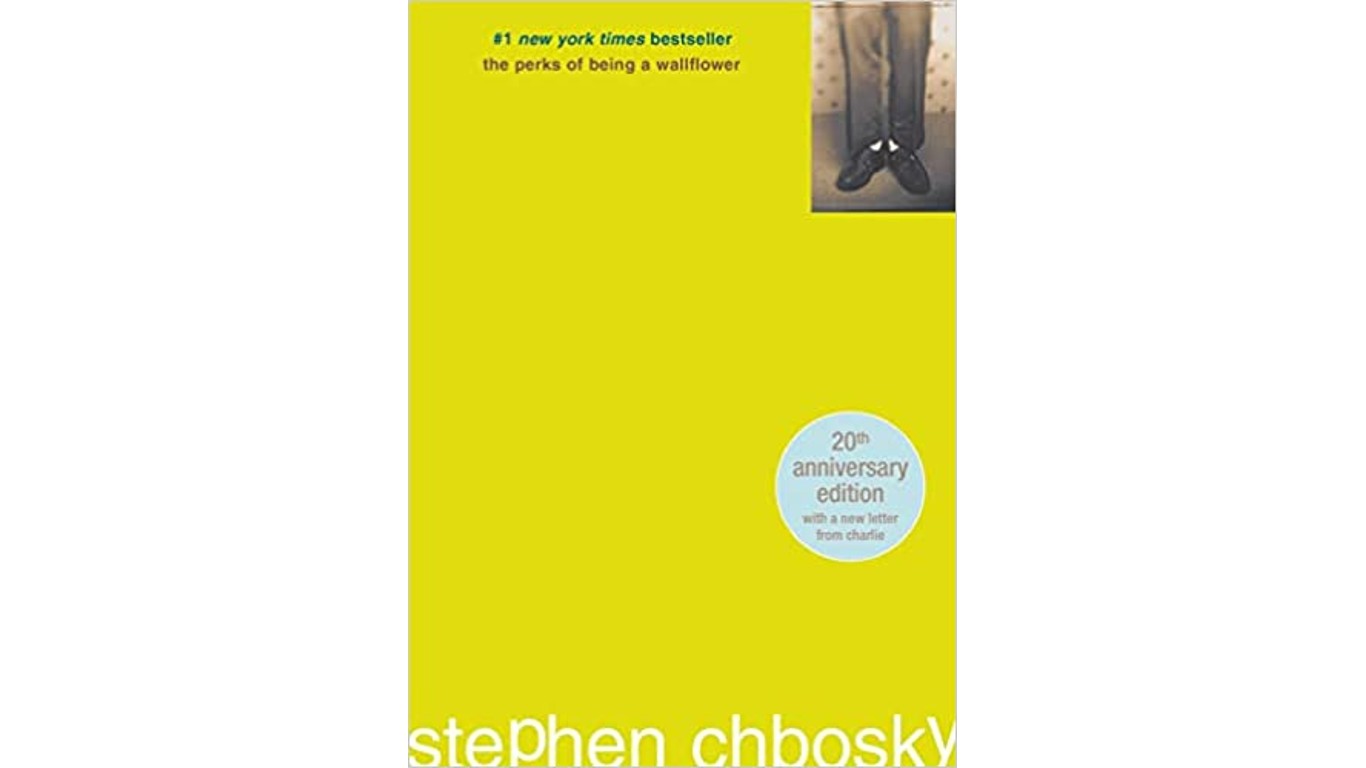
14. The Perks of Being a Wallflower
> Author: Stephen Chbosky
> Original publication: 1999
> Recently banned or challenged in: Springfield, Missouri; Beaverton, Oregon; Pasco, Florida
A shy freshman at a Pennsylvania high school is the focus of this best-selling young adult novel. It has incurred the wrath of some parental groups because along the way it deals with issues such a character might confront in real life, including drug use, mental health, date rape, and drinking.
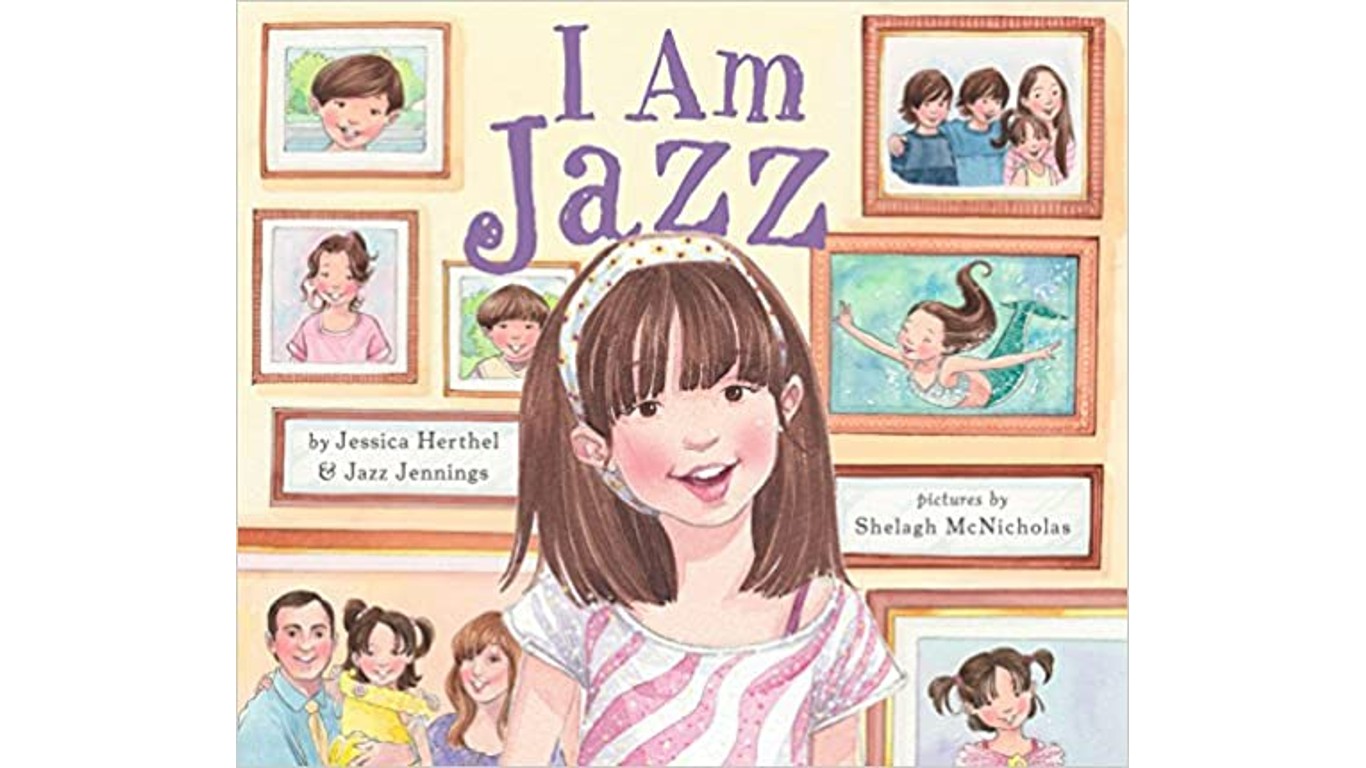
13. I Am Jazz
> Author: Jazz Jennings and Jessica Herthel
> Original publication: 2014
> Recently banned or challenged in: Andover, Kansas; Rocklin, California
“I Am Jazz” has upset parents and others because it offers an honest and insightful look at what it means to be transgender, through the fictionalized story of real-life transgender YouTube star Jazz Jennings. When a reading of the book was scheduled at Mount Horeb Primary Center, a Wisconsin school at which a student had recently transitioned, the Florida-based Liberty Counsel threatened to sue the school district. Numerous groups came to the book’s (and the school’s) defense, and a public reading was held around the school flagpole.

12. The Hunger Games (series)
> Author: Suzanne Collins
> Original publication: 2008-2010
> Recently banned or challenged in: Texas
The source of several hit films, the “Hunger Games” series deals with a dystopian future in which teenagers are forced to hunt each other in a televised battle to the death. Critics have objected to its pessimistic outlook and its treatment of such subjects as class discrimination, the effects of war, and distrust of the government.
[in-text-ad-2]

11. The Kite Runner
> Author: Khaled Hosseini
> Original publication: 2003
> Recently banned or challenged in: Park City, Utah; Buncombe County, North Carolina; Waukesha, Wisconsin
This widely praised novel by the Afghan-American author Khaled Hosseini follows Amir, a young boy from Kabul, as he lives through the Soviet invasion, the rise of the Taliban, and emigration to America. A sexual assault on one of Amir’s friends sets the plot in motion. The book has been banned in some U.S. schools and libraries for its depiction of the assault, some supposedly offensive language, and its oversimplified view of aspects of Afghan culture.
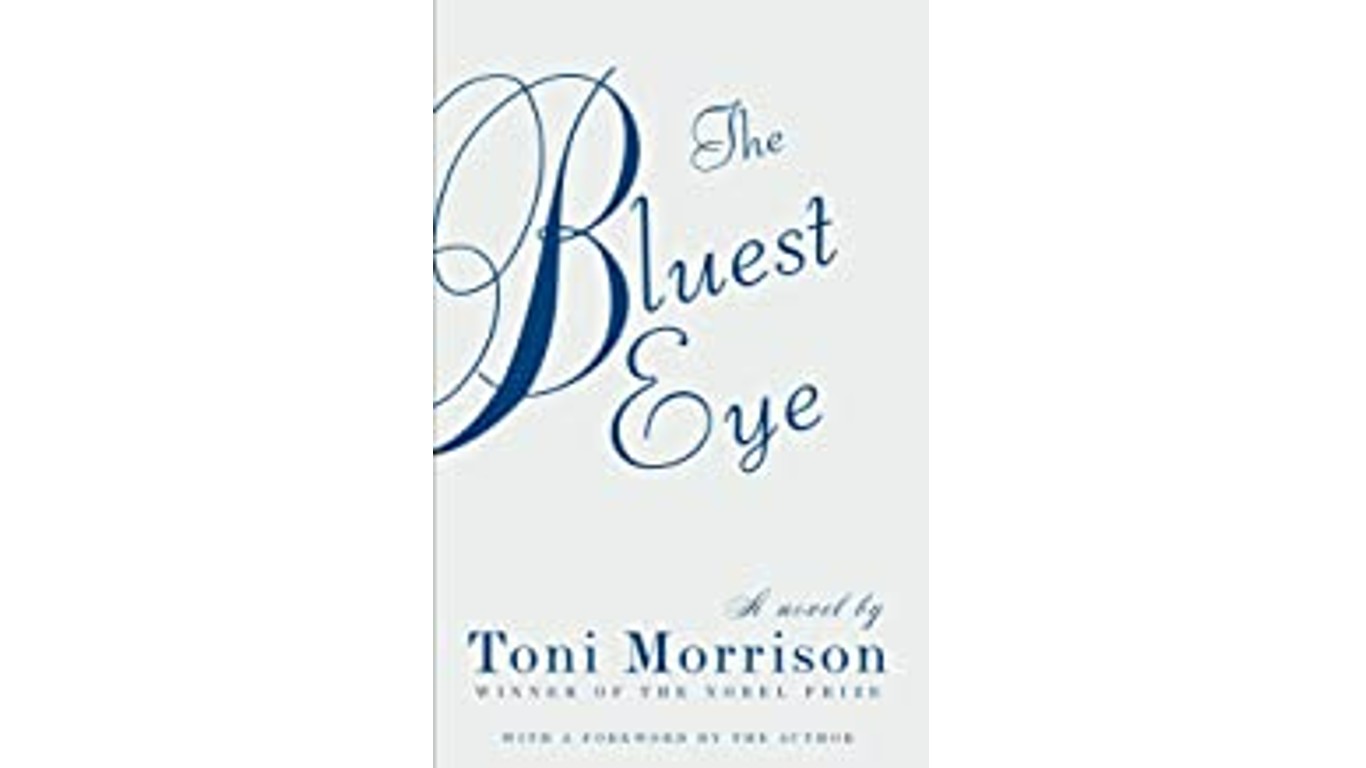
10. The Bluest Eye
> Author: Toni Morrison
> Original publication: 1970
> Recently banned or challenged in: Bakersfield, California; Pinellas County, Florida; Washington Township, New Jersey
A favorite of reviewers, by one of the country’s most esteemed Black authors, “The Bluest Eye” has found itself repeatedly on the ALA’s lists, due to its frank language and its treatment of child sexual abuse, and institutionalized racism. The president of Ohio Christian University went so far as to denounce it for its “underlying socialist-communist agenda,” while other critics simply maintained that it was fine for adults but not for the young. As a measure of changing attitudes towards controversial material, “The Bluest Eye” was the 34th-most banned book in the United States from 1990 to1999, the 15th-most banned from 2000 to 2009, and the 10th-most banned book from 2010 to 2019.
[in-text-ad]
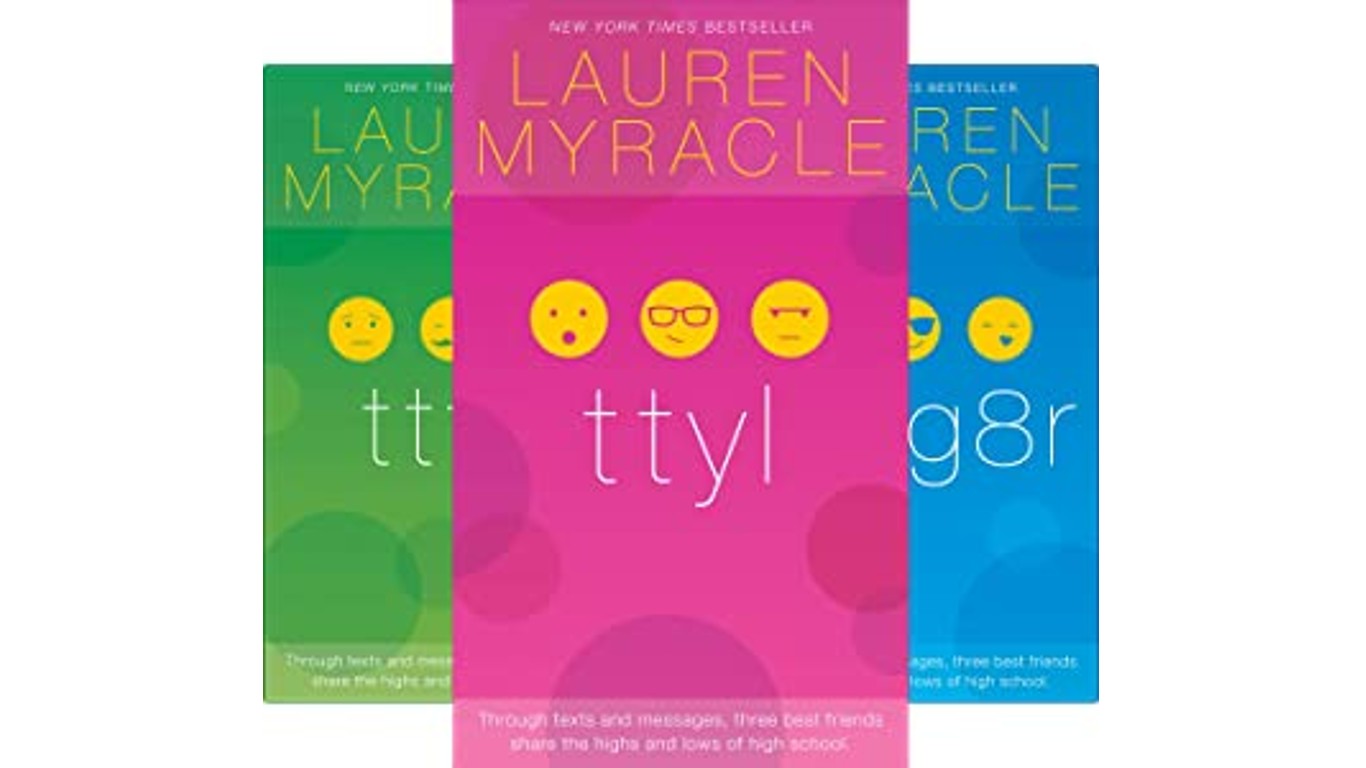
9. Internet Girls (series)
> Author: Lauren Myracle
> Original publication: 2004-2014
> Recently banned or challenged in: Round Rock, Texas; Nassau County, Florida
With its text-abbreviation titles – “ttyl,” “ttfn,” “l8r,” and “yolo,” this popular series about three girls who are best friends, navigating their way through school, social media, family, and dating, has been frequently banned or challenged in many schools and libraries for being too sexually explicit and because of the strong, if generationally accurate, language used throughout the series.
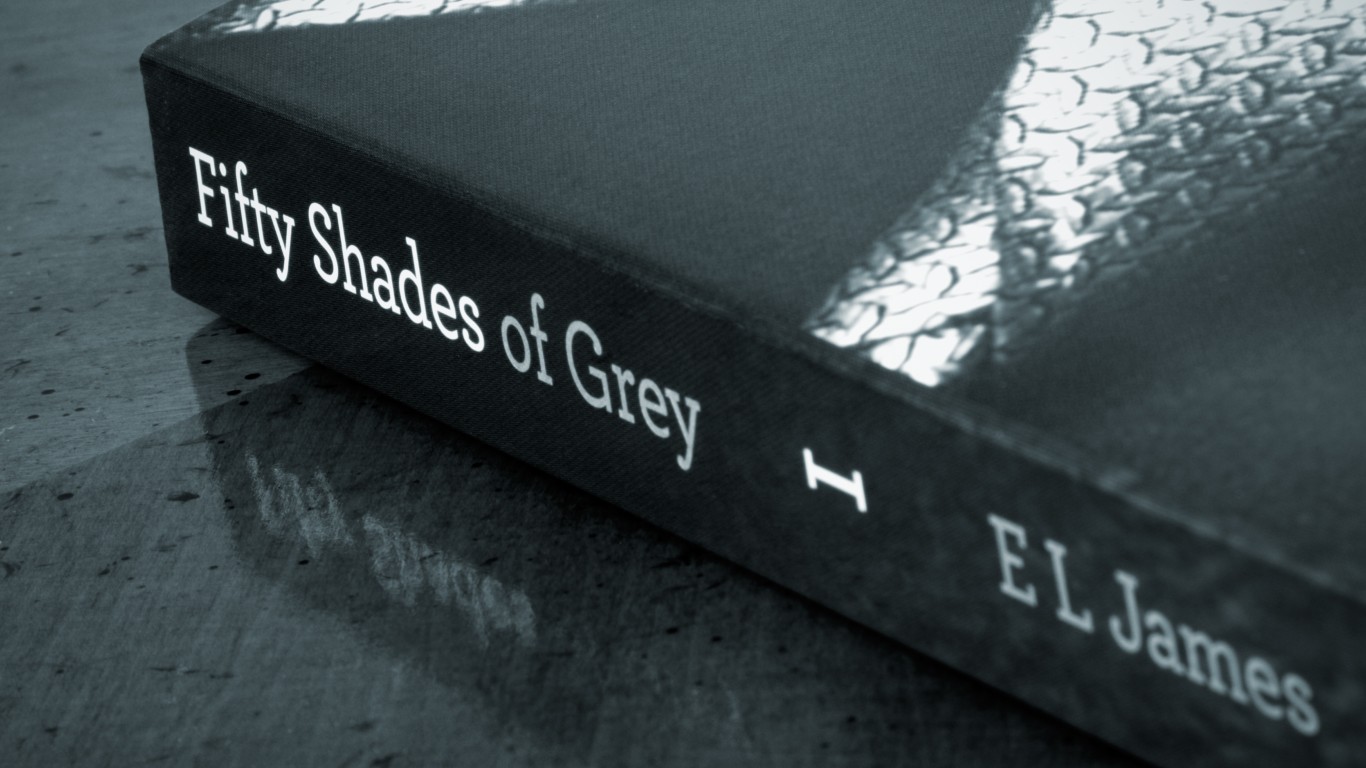
8. Fifty Shades of Grey
> Author: E. L. James
> Original publication: 2011
> Recently banned or challenged in: Billings, Montana; Brevard County, Florida; Gwinnett County, Georgia
This best-selling sex-and-romance novel about a young woman and her relationship with a slightly older man who introduces her to bondage and sado-masochistic sex has been critically drubbed for its cliché-ridden writing style (one reviewer called it “a sad joke, puny of plot”) and repeatedly challenged or banned for its depictions of explicit sexual situations. Interestingly, it has also been denounced by those who practice sexual bondage on the grounds that what it depicts is in fact abuse and not consensual activity. Nevertheless, it has spawned three sequels.
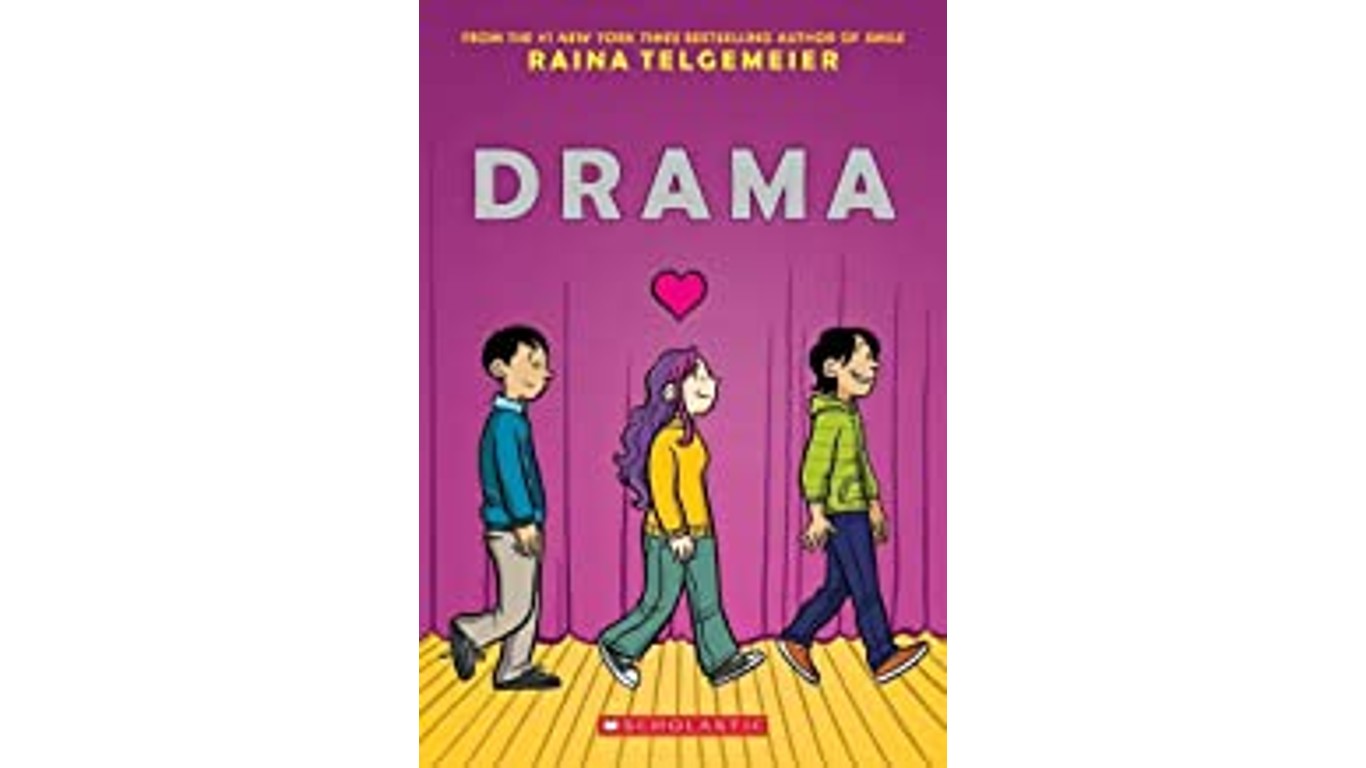
7. Drama
> Author: Raina Telgemeier
> Original publication: 2012
> Recently banned or challenged in: Franklin, Mount Pleasant, & Kirbyville, Texas
“Drama” is a graphic novel about a middle-school student working in her school’s theater department, and deals with drama both onstage and in the protagonist’s life. Though well-received by reviewers, it has been banned in some places for its positive portrayal of teenage sexuality and of transgender and gender-nonconforming characters – or, as one critic put it, for “promoting the homosexual agenda.”
[in-text-ad-2]

6. And Tango Makes Three
> Author: Justin Richardson and Peter Parnell
> Original publication: 2005
> Recently banned or challenged in: Lake County, Florida; Rochester, Minnesota; North Kansas City, Missouri
The single most challenged title of the years 2006 to 2010, according to the ALA, this book has been found offensive by parent groups and others for its positive portrait of two male penguins who fall in love and raise a baby penguin together. (It’s based on the true story of two penguins who bonded in Manhattan’s Central Park Zoo.) Some observers reject the idea that homosexuality exists in the animal kingdom – though many studies have suggested that it does – because that would suggest that it was normal among humans, too. At least 15 public and school libraries have either removed the book from their shelves or fought unsuccessfully to ban it.
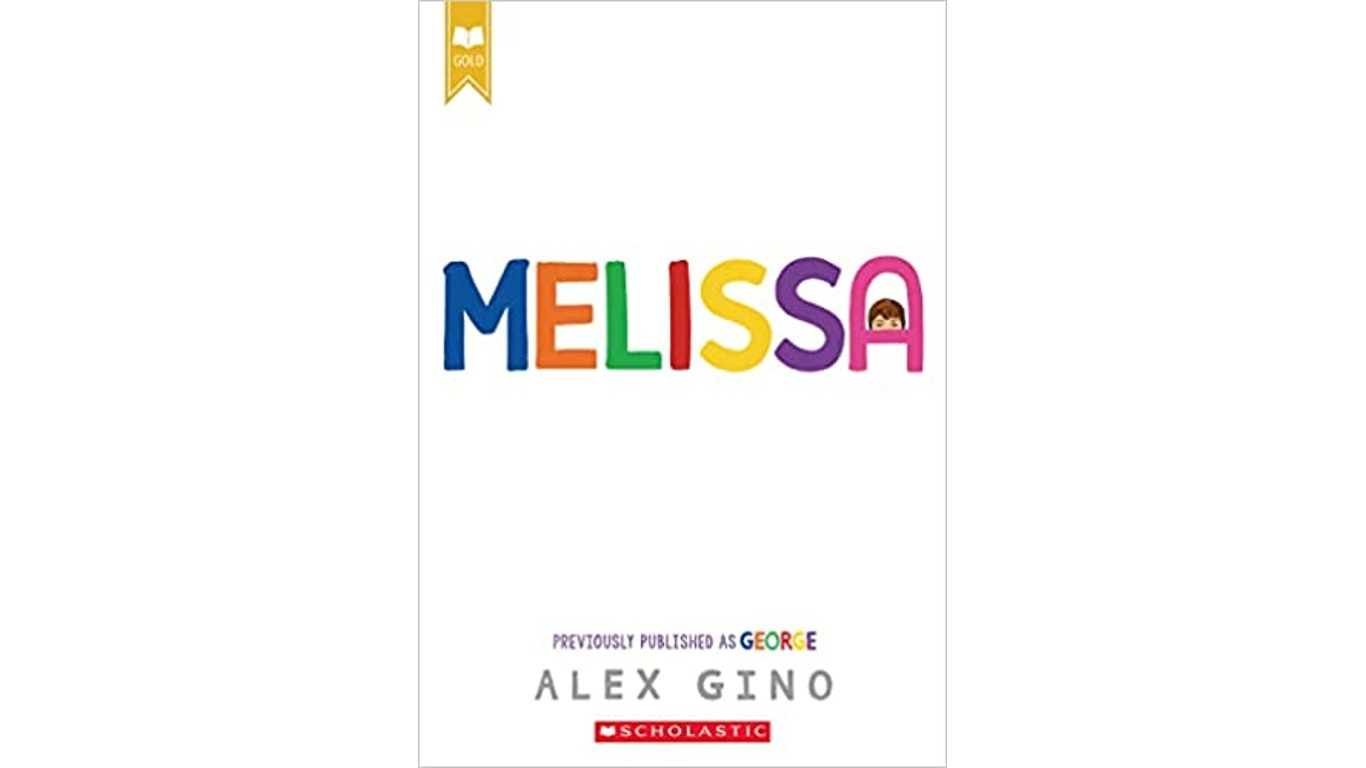
5. George/Melissa
> Author: Alex Gino
> Original publication: 2015
> Recently banned or challenged in: Ruston, Louisiana; Swarthmore, Pennsylvania; Independence, Kansas
The problem for some people with “George,” which has been accused of being “anti-family” and pro-LGBTQ, is that its heroine is a transgender girl named Melissa – considered by her friends and classmates to be a boy named George. (In 2021, the author retitled the book “Melissa.”) According to The Guardian, objectors “cited sexual references and conflict with ‘traditional family structure,’ with some saying schools and libraries should not ‘put books in a child’s hand that require discussion.'”
[in-text-ad]

4. Looking for Alaska
> Author: John Green
> Original publication: 2005
> Recently banned or challenged in: Clinton, North Carolina; Boise, Idaho; Lebanon, Kentucky
An unusual coming-of-age novel that concerns friendship, death, grief, and the search for the meaning of life, “Looking for Alaska” has been widely challenged because it contains numerous references to smoking, alcohol, and drugs, as well as profanity and sexual situations. One Kentucky parent called it “mental pornography” and a school spokesman in Tennessee maintained that one two-page sex scene alone was enough to have it banned.
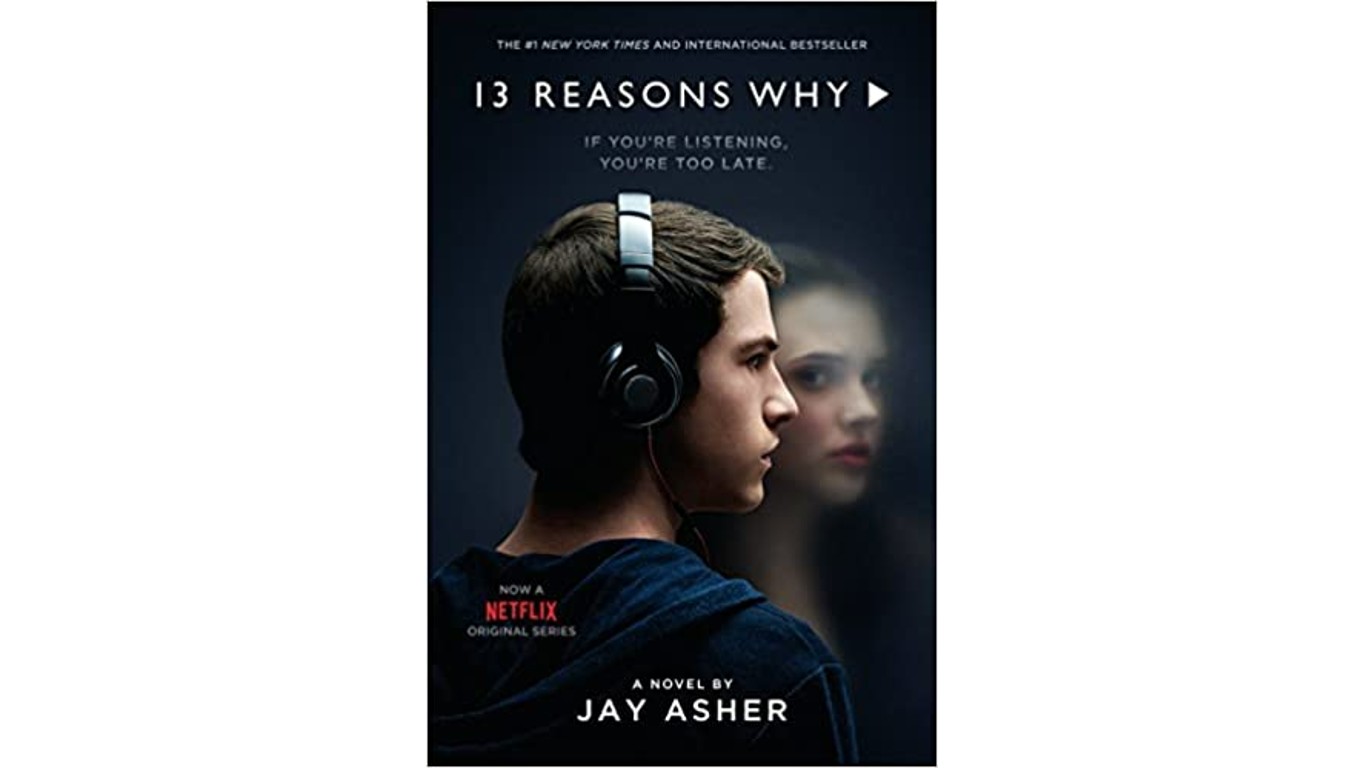
3. Thirteen Reasons Why
> Author: Jay Asher
> Original publication: 2007
> Recently banned or challenged in: Wauneta, Nebraska; Westwood, New Jersey; Mesa County, Colorado
The “13 reasons” of the title are 13 reasons high school freshman Hannah Baker kills herself in this poignant best-seller. Baker leaves behind a series of cassette tapes explaining her reasons, and her story is told through their content. Not only the protagonist’s suicide but the book’s inclusion of sexual assault, drug and alcohol use, and mental health issues have all been considered reasons to ban it or restrict it to older readers. Some parents who objected to the book admitted that they had never read it, but were basing their objections to it on the Netflix adaptation of the original material, which launched in 2017.

2. Captain Underpants (series)
> Author: Dav Pilkey
> Original publication: 1997-2015
> Recently banned or challenged in: Monroe, Michigan
Featuring two fourth-graders and an imaginary superhero, Captain Underpants, who somehow becomes real, this long-running series is undeniably puerile – as may be judged from individual titles like “The Wrath of the Wicked Wedgie Woman” and “The Sensational Saga of Sir Stinks-A-Lot” – but has long been a favorite of young audiences. (Translated into more than 20 languages, it has sold in excess of 80 million copies worldwide.) Perhaps predictably, some parents have objected to the books for their toilet humor and because they think they might encourage disrespect for authority. The fact that one of the fourth-graders is revealed to be gay in the final volume didn’t help matters.
[in-text-ad-2]

1. The Absolutely True Diary of a Part-Time Indian
> Author: Sherman Alexie
> Original publication: 2007
> Recently banned or challenged in: Hastings-on-Hudson, New York; Wauneta, Nebraska; Midland, Michigan
This story of a Native American teenager attending a white high school has all kinds of red flags for the book-banning set – alcohol use, racial epithets, profanity, violence, bullying, supposed anti-Christian content, and more. At a Montana high school – which did not remove the book from its library – a parent also complained that it reinforced negative stereotypes of reservation life. (It didn’t help that author Alexie, himself a Native American, was accused of sexual harassment by several women in 2018.) It was the single most consistently challenged book between 2010 and 2019.
100 Million Americans Are Missing This Crucial Retirement Tool
The thought of burdening your family with a financial disaster is most Americans’ nightmare. However, recent studies show that over 100 million Americans still don’t have proper life insurance in the event they pass away.
Life insurance can bring peace of mind – ensuring your loved ones are safeguarded against unforeseen expenses and debts. With premiums often lower than expected and a variety of plans tailored to different life stages and health conditions, securing a policy is more accessible than ever.
A quick, no-obligation quote can provide valuable insight into what’s available and what might best suit your family’s needs. Life insurance is a simple step you can take today to help secure peace of mind for your loved ones tomorrow.
Click here to learn how to get a quote in just a few minutes.
Thank you for reading! Have some feedback for us?
Contact the 24/7 Wall St. editorial team.
 24/7 Wall St.
24/7 Wall St.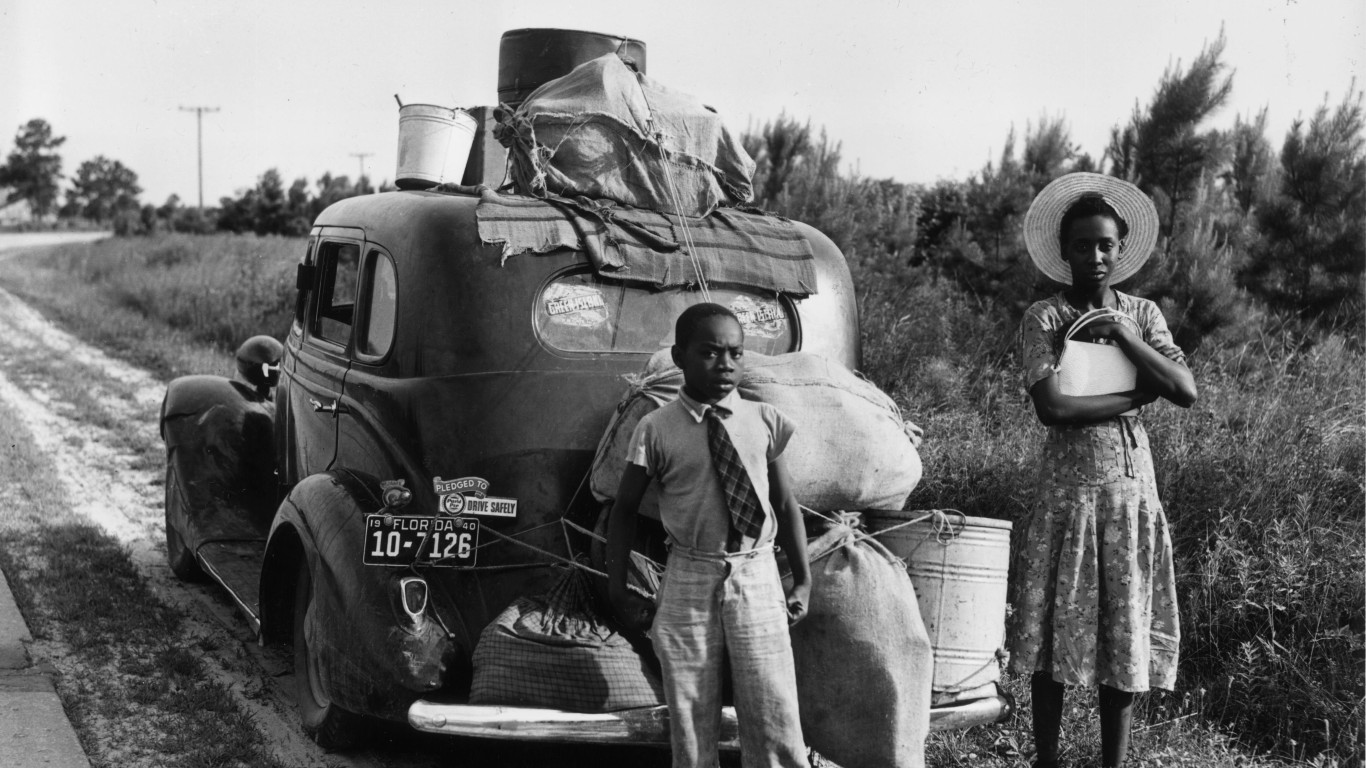 24/7 Wall St.
24/7 Wall St.